Respect the email: The power of email click-through rates and member renewals
Note: this is the third in a series of three blogs exploring member renewals for museums and nonprofits. You can read Part 1 and Part 2 on our Insights Blog.
We all know it: our members are our most invested and passionate audiences. They care about our mission, they know our exhibits and they love to bring friends. But sometimes, it’s a mystery on how to get new members to renew and become those die-hard super fans. How do we guide them along the path to becoming more engaged, supportive, active members of our community?
This week, we’ve been exploring this question using answers from a Member Renewal Model—a predictive tool that uses lifetime member data to identify the most important variables that affect renewal rates—we built for one of our museum clients earlier this year. They have a goal this year to improve first and second year member renewal rates and so we turned to the data to find some powerful, actionable insights on controllable variables for them to test.
Earlier this week, we explored the opportunity of soliciting small donations from members and the relationship between an onsite visit and a member’s expiration date. For our third and final insight, we turned to the world of email marketing to see how that impacts member renewals.
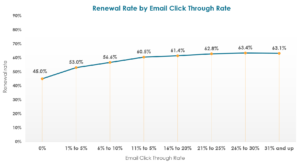
Member Renewal Insight #3: Members who click on their emails are more likely to renew
As a former museum email marketing manager, I can personally attest to the challenges of using such a strong communication channel in the best way possible. Between balancing various departments’ needs to promote programs or raise funds along with providing mission-based messaging and educational content to increase audience engagement, email is a perfect storm. Communicating the importance of this channel to museum leadership in an understandable way was important to me, and it’s my own personal goal to help others do the same for their institutions.
Knowing the power of this channel, we explored a wide array of email behaviors to make sure our renewal model truly tested the relationship between member email engagement and renewal as well. The findings give us some solid numbers: Members with a 0% click-through rate renew at 45% while members at the industry average click-through rate (between 25-31+% for most) have renewal rates over 62%.
More importantly, click through rates tell us how much folks are reacting to our emails and the general content as well. The strong relationship between good click through rates and renewal rates indicates a couple immediate actions for us to take: first, it underlines that our email focus needs to be on testing for the best email content – we need to ensure emails are written for the right audience, are engaging, and have the right pieces of content and not just all the content. Second, it gives us a clear KPI to focus on for engagement – click through rate not open rate – and a rationale for why that is our KPI. Finally, it underlines the value of an email to a member and gives a real statistic behind why the email marketing plan should be built on respect and audience-focused messaging.


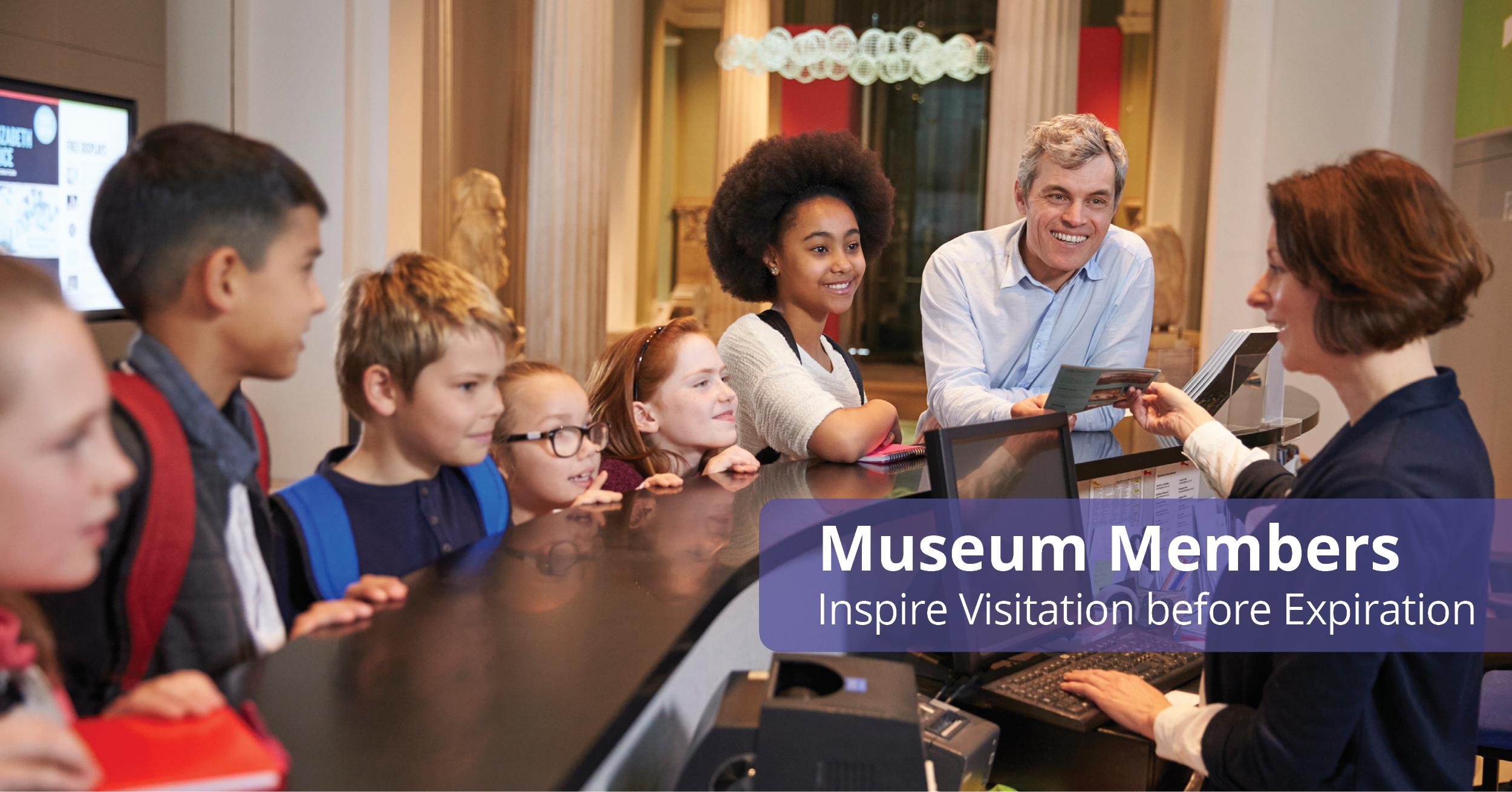
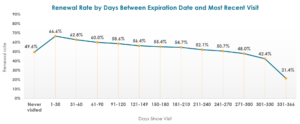

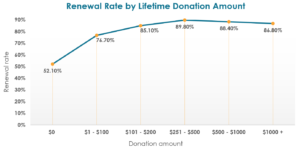



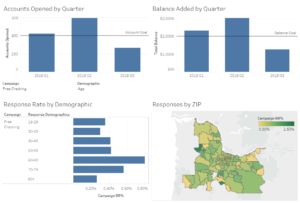

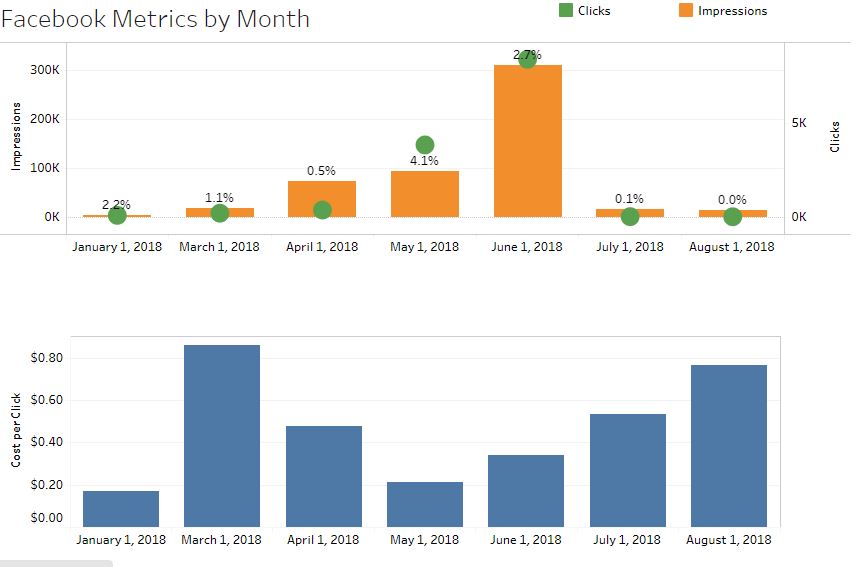


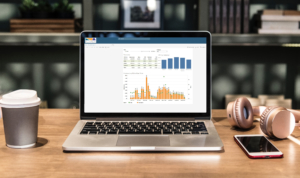
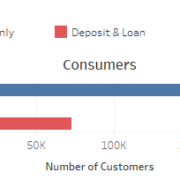
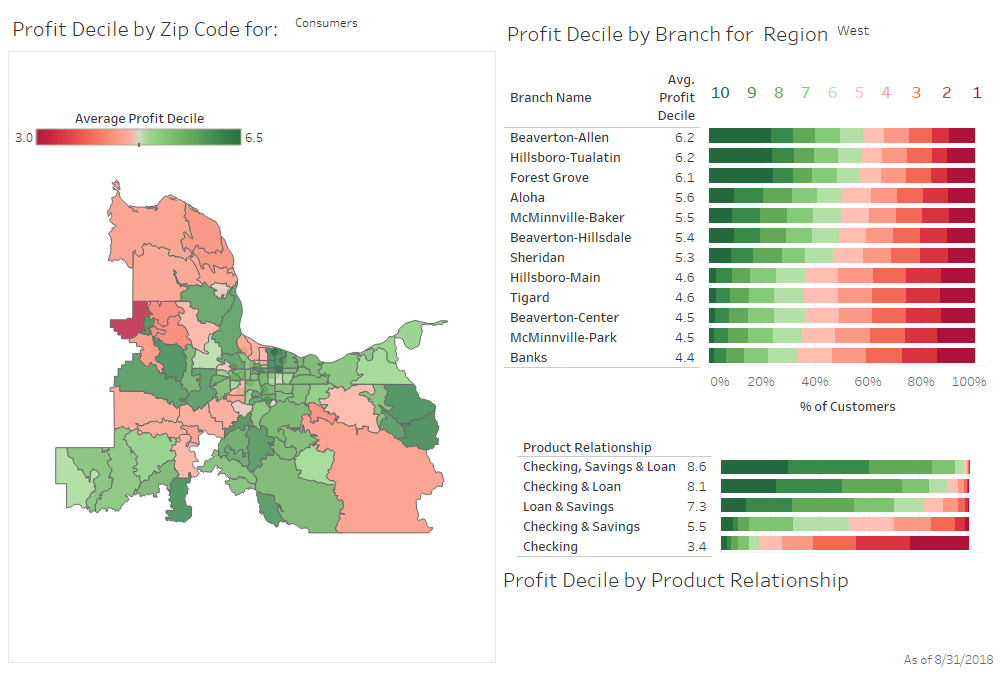
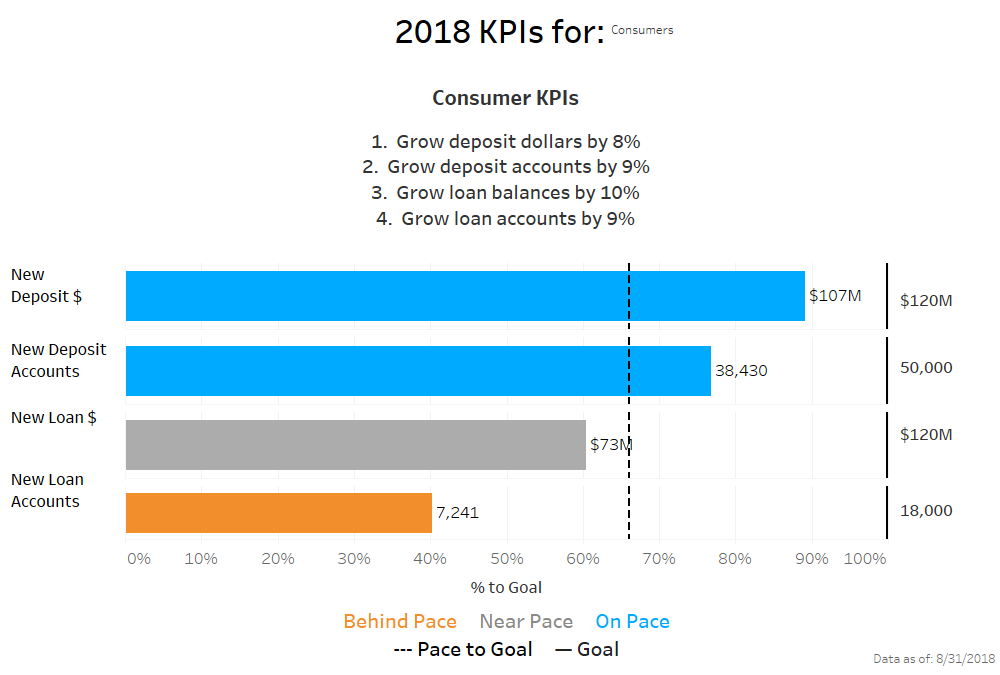 Modeling and Prediction – Once you understand your customers, have made some wins with targeted cross-sell, and have your dashboards set up, it’s time to move on to predictive modeling. Predictive models combine many variables related to demographics and behavior into one simple score that can be used to guide your marketing efforts. They use advanced statistical techniques to identify those who are most likely to become a customer, buy a particular product, or close an account. Once you have this information in hand, you can act on it to improve acquisition and retention, while deepening customer relationships.
Modeling and Prediction – Once you understand your customers, have made some wins with targeted cross-sell, and have your dashboards set up, it’s time to move on to predictive modeling. Predictive models combine many variables related to demographics and behavior into one simple score that can be used to guide your marketing efforts. They use advanced statistical techniques to identify those who are most likely to become a customer, buy a particular product, or close an account. Once you have this information in hand, you can act on it to improve acquisition and retention, while deepening customer relationships.

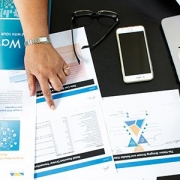
 Help customers let you know their communications preferences by making it easy on your privacy pages and in every reply form
Help customers let you know their communications preferences by making it easy on your privacy pages and in every reply form
 Today, working with client data as well as third party consumer information are essential skills for any agency seeking to build a successful brand. By offering effective data analytics and customer insights, agencies who can no longer keep their clients based on their creative ideas alone are able to productively drive business outcomes and effect corporate direction – making their agency / client relationships more valuable.
Today, working with client data as well as third party consumer information are essential skills for any agency seeking to build a successful brand. By offering effective data analytics and customer insights, agencies who can no longer keep their clients based on their creative ideas alone are able to productively drive business outcomes and effect corporate direction – making their agency / client relationships more valuable.